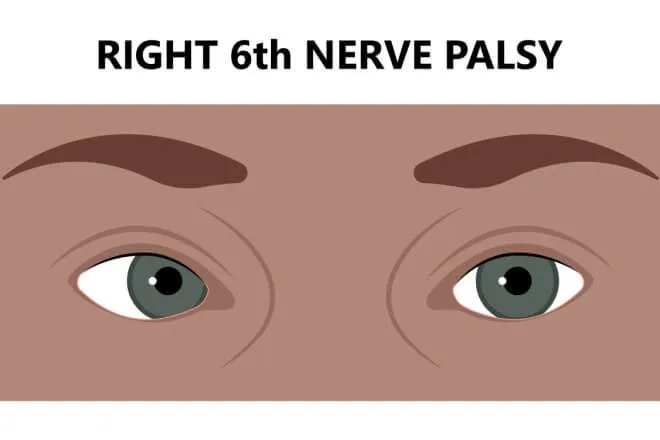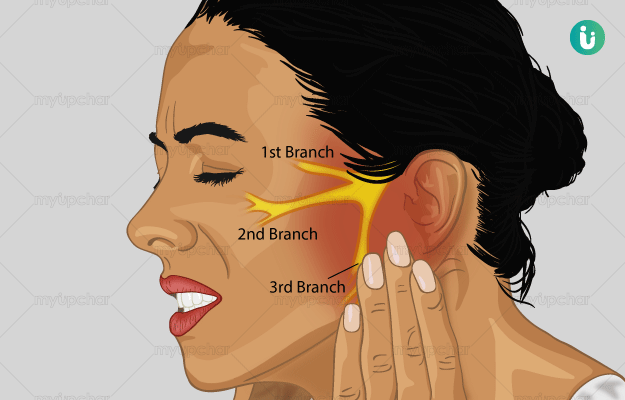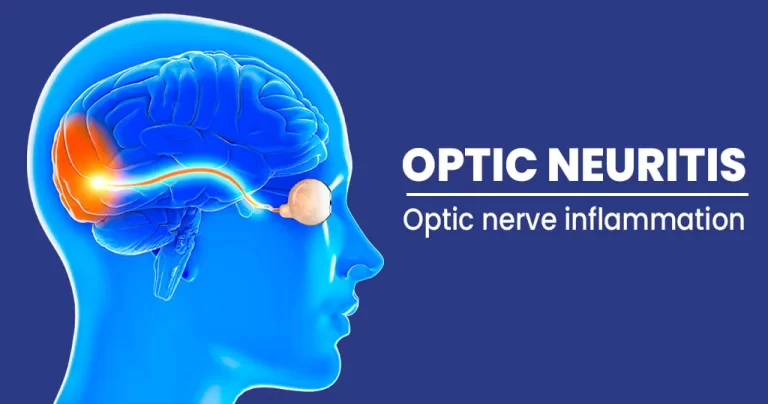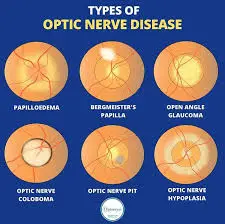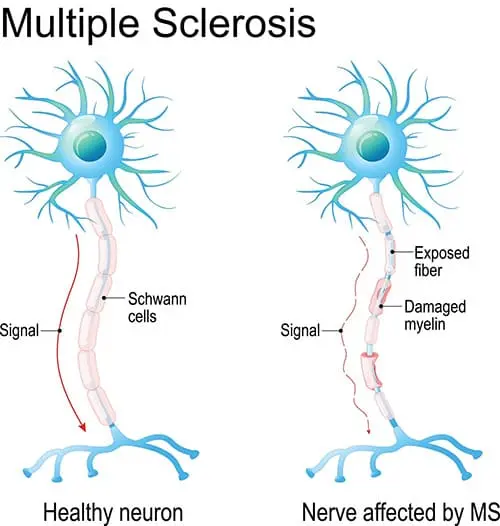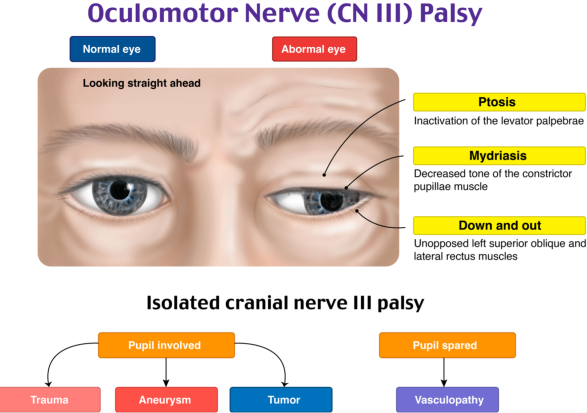Decorticate Posture
What is Decorticate Posture? A patient in decorticate posture has an abnormal body posture in which their arms are stretched over their chest, their wrists are flexed, their fingers are squeezed and their legs are extended straight forward. The wrists and fingers are bent and rest on the chest, while the arms are bowed inward…




